
Barbara Mikulski Donates Space Collection to Space Telescope Science Institute in Baltimore
The Space Telescope Science Institute (STScI) in Baltimore, Maryland, is thrilled to announce that retired U.S. Senator Barbara A. Mikulski ...
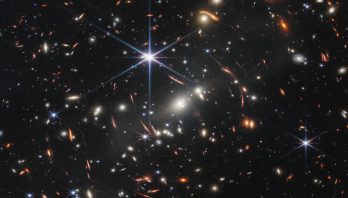
AURA Celebrates JWST First Images
AURA salutes the international effort of talented people who worked so hard to make these first JWST images possible ...
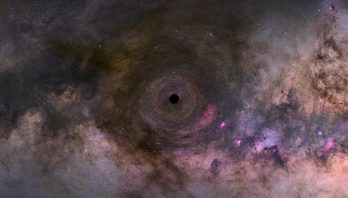
STScI: Hubble Determines Mass of Isolated Black Hole Roaming Our Milky Way Galaxy
Astronomers estimate that 100 million black holes roam among the stars in our Milky Way galaxy, but they have never ...
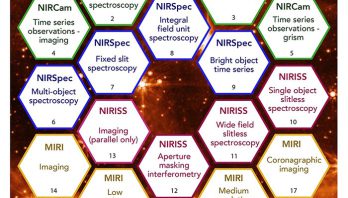
JWST Commissioning Bingo
The James Webb Space Telescope (JWST) commissioning is on the final stretch before the telescope can start science observations! With ...
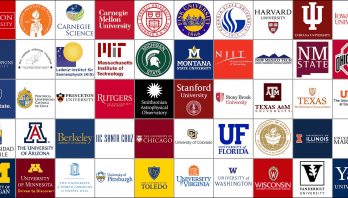
2022 AURA Annual Meeting
Each year the Association of Universities for Research in Astronomy (AURA) holds an Annual Meeting for the Representatives from its ...
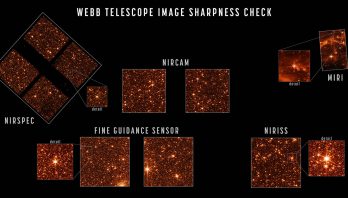
STScI: NASA’s Webb In Full Focus, Ready for Instrument Commissioning
Alignment of NASA’s James Webb Space Telescope is now complete. After full review, the observatory has been confirmed to be ...
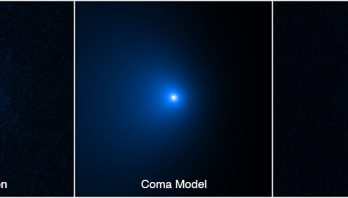
STScI: Hubble Confirms Largest Comet Nucleus Ever Seen
NASA's Hubble Space Telescope has determined the size of the largest icy comet nucleus ever seen by astronomers. The estimated ...
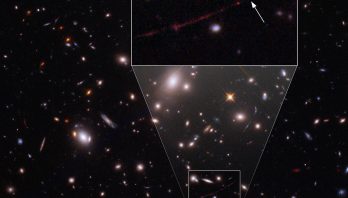
STScI: Record Broken: Hubble Spots Farthest Star Ever Seen
NASA's Hubble Space Telescope has established an extraordinary new benchmark: detecting the light of a star that existed within the ...
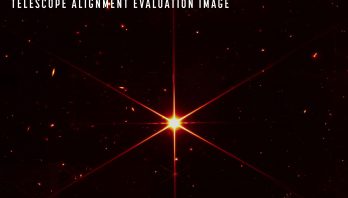
Many Segments are now One Mirror
Today NASA released the first image from Webb with all 18 segments focused and functioning together as a single 6.5-meter ...
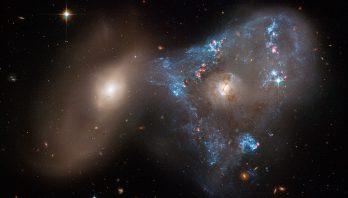
STScI: Galaxy Collision Creates ‘Space Triangle’ in New Hubble Image
A spectacular head-on collision between two galaxies fueled the unusual triangular-shaped star-birthing frenzy, as captured in a new image from ...
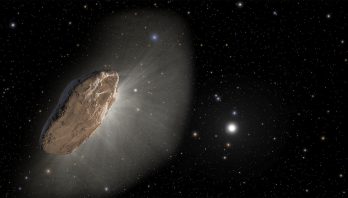
STScI: Studying the Next Interstellar Interloper with Webb
Scientists have had only limited ability to study these objects once discovered, but all of that is about to change ...
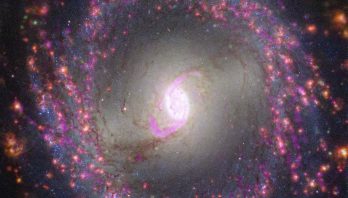
STScI: Capturing All That Glitters in Galaxies with NASA’s Webb
An international research team will survey the stars, star clusters, and dust that lie within 19 nearby galaxies ...
